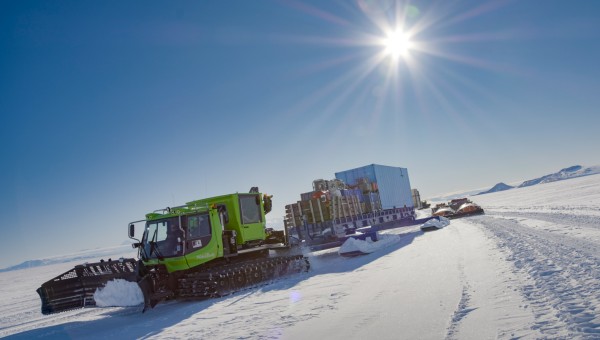The larger hole (~35 cm) through the Ross Ice Shelf was completed today!
We then had a short window to collect some data and samples from below the ice shelf before the start of drilling operations. This included deployment of the CTD and cameras to collect information about the seawater cavity below the ice shelf, and we also took several gravity cores to collect surface seafloor sediments.
Gravity cores enable scientists to sample and study sediments from the seafloor reliably and at relatively little cost. They get their name because they use the force of gravity to help the instrument sink into the seafloor. The gravity corer we are using here is a relatively simple device with a short (~1 m long) plastic tube that attaches to a holder topped with heavy weights.
The gravity corer is lowered down the ice hole on a cable. As it nears the seafloor we increase the speed of the winch lowering the cable as much as possible so that the gravity corer is “falling”, allowing the plastic tube to sink into the seafloor sediment. We then pull the device back to the seafloor with the sediment held in the tube by piston action. Our drillers are particularly interested in the surface sediment to help with positioning the sea riser in preparation for drilling.


